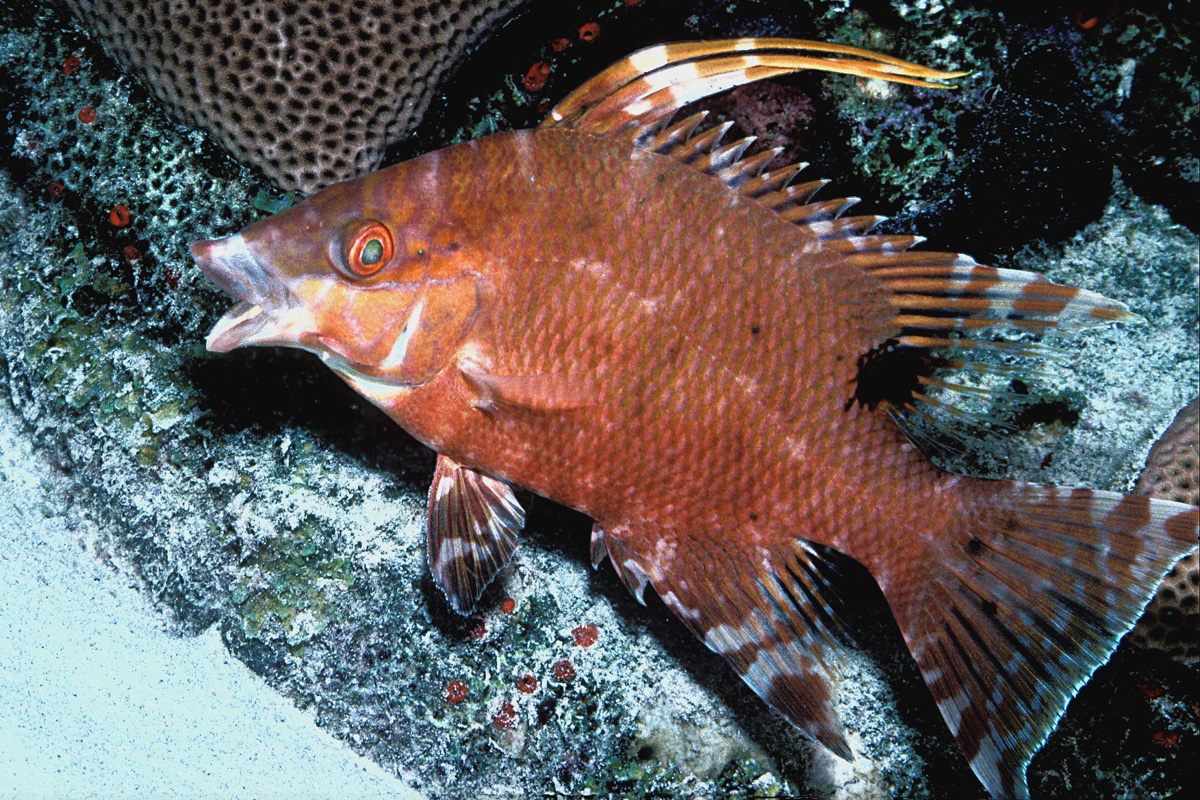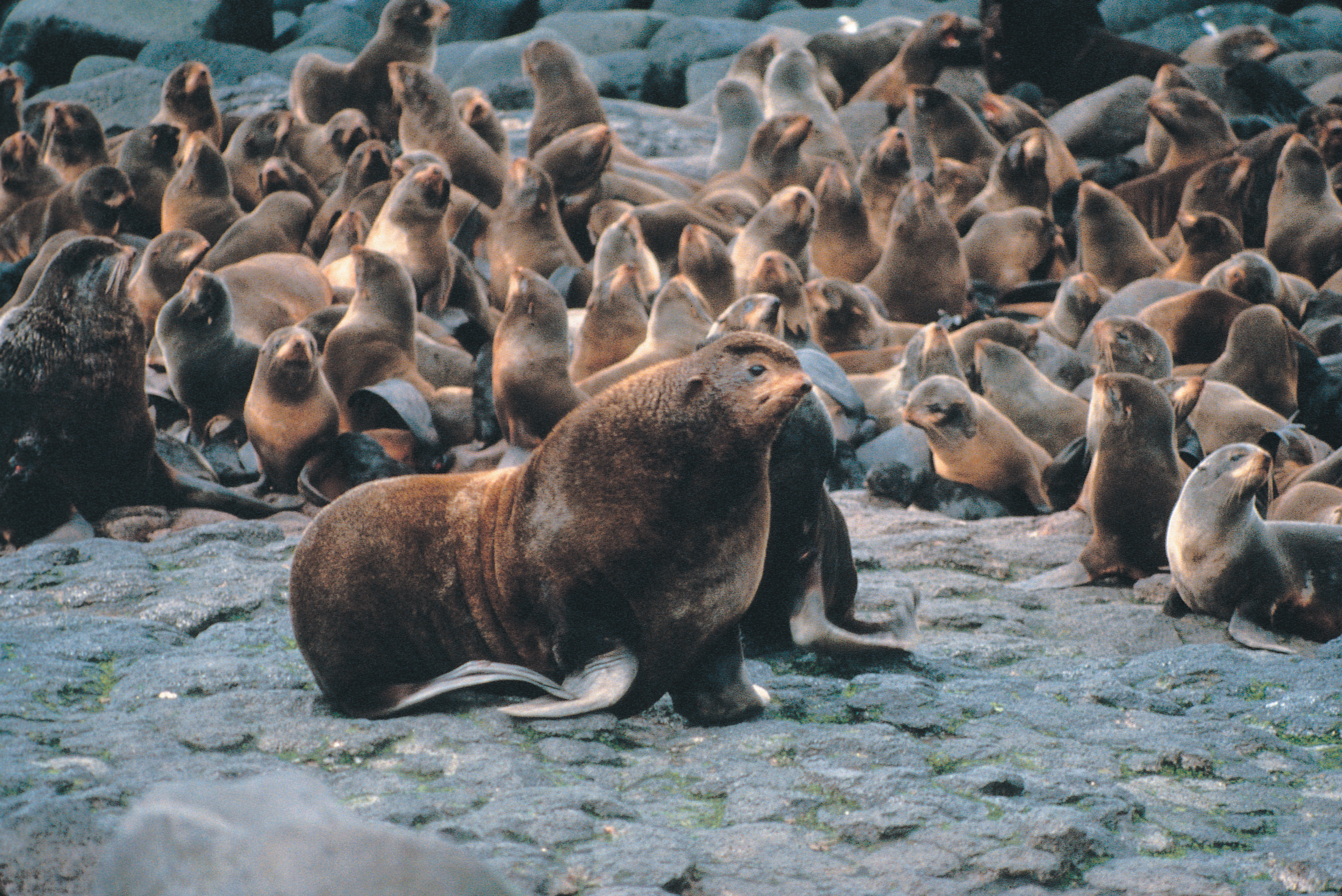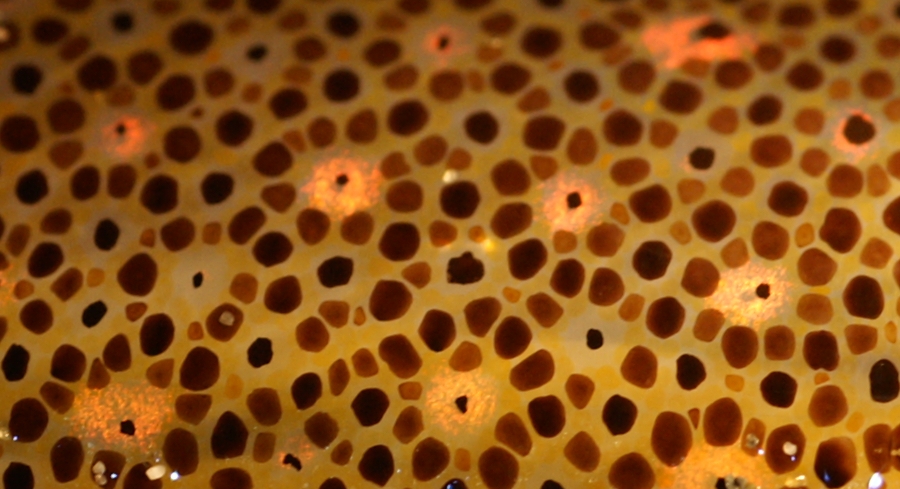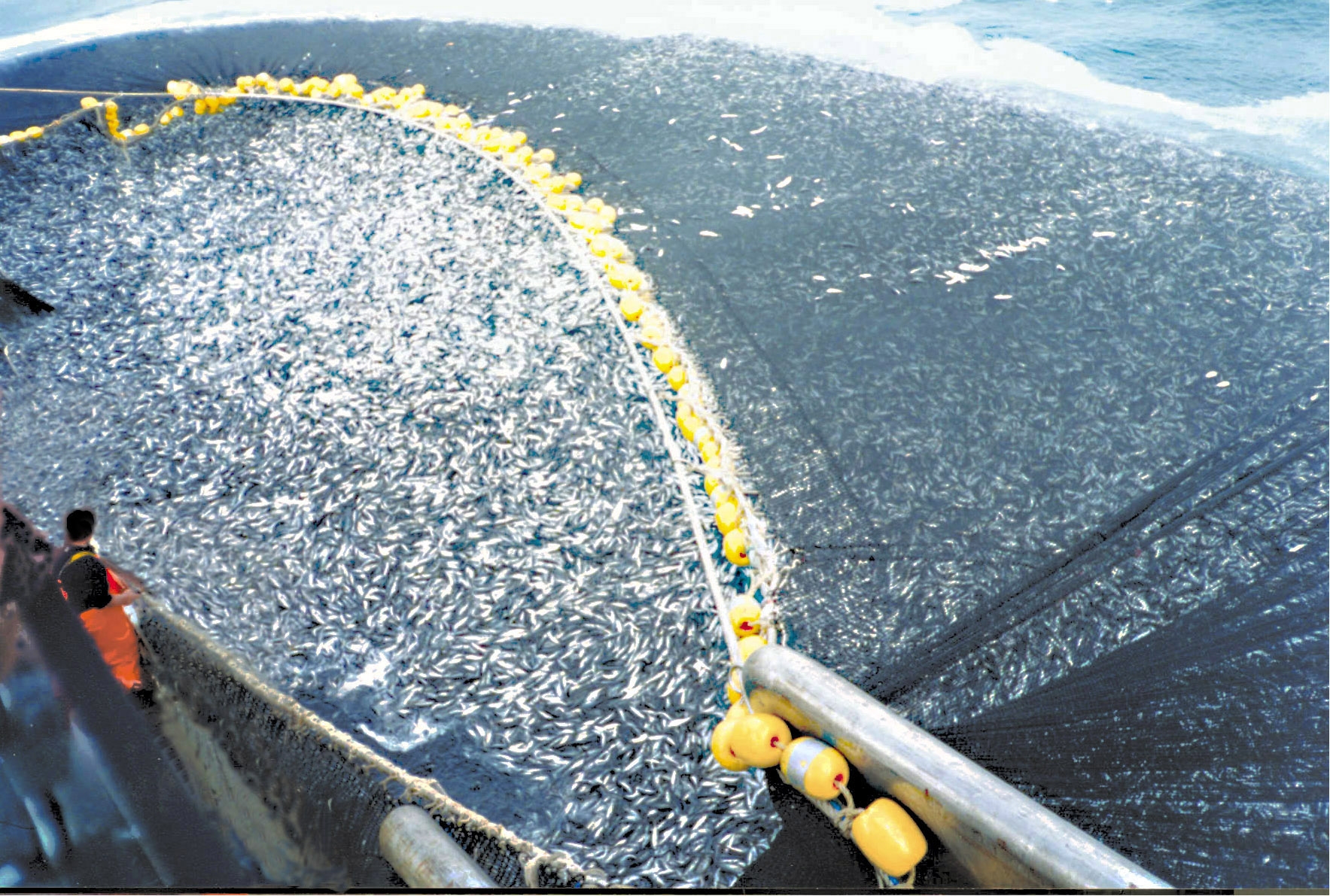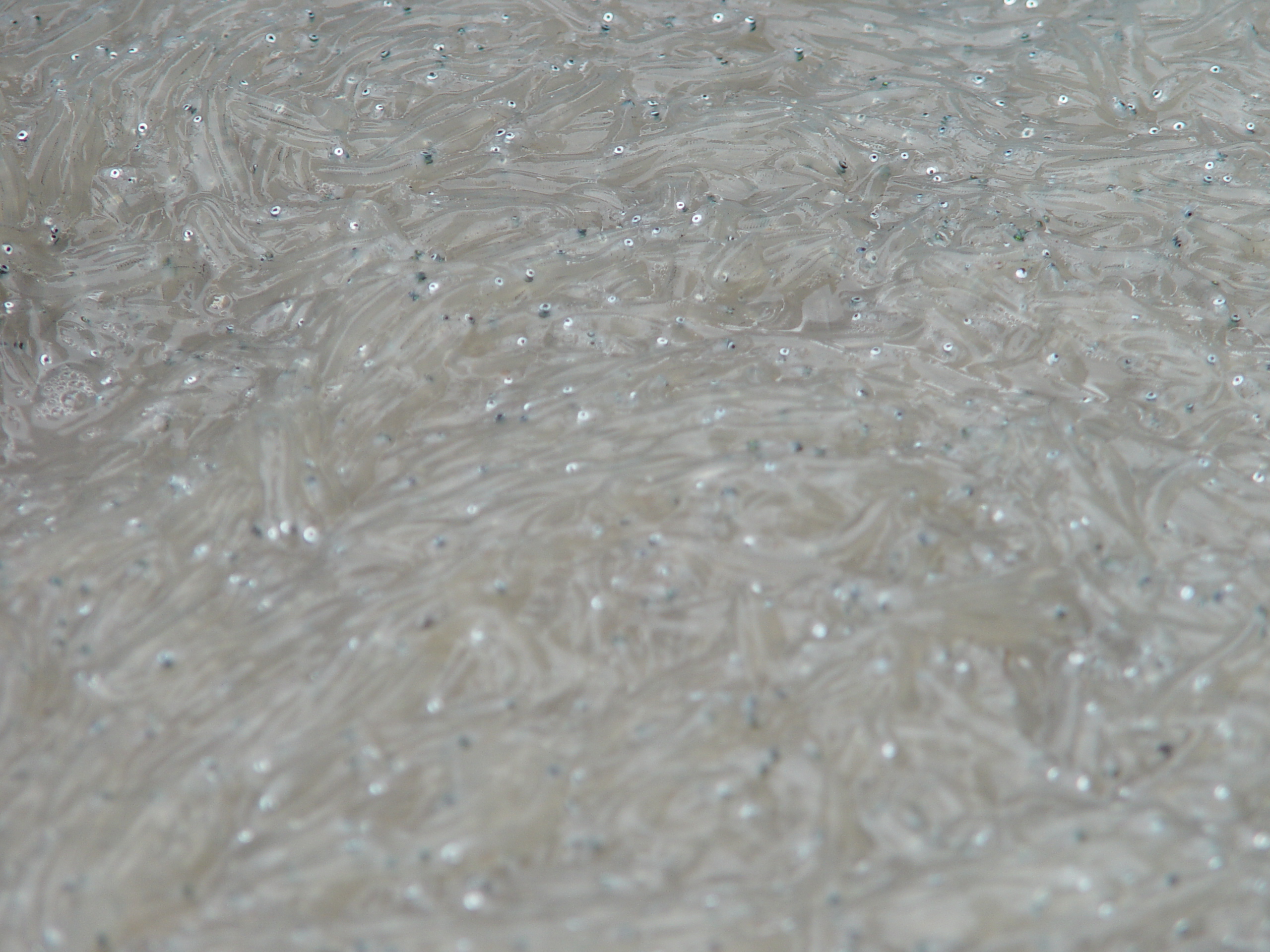|
Hogfish
The hogfish (''Lachnolaimus maximus''), also known as boquinete, doncella de pluma or pez perro in Mexico is a species of wrasse native to the Western Atlantic Ocean, living in a range from Nova Scotia, Canada, to northern South America, including the Gulf of Mexico. This species occurs around reefs, especially preferring areas with plentiful gorgonians. It is a carnivore which feeds on molluscs, as well as crabs and sea urchins. This species is currently the only known member of its genus. Description The hogfish possesses a very elongated snout, which it uses to search for crustaceans buried in the sediment. This very long "pig-like" snout and its rooting behavior give the hogfish its name. A prominent black spot behind the pectoral fins differentiates males from females. The dorsal fin usually is composed of three or four long dorsal spines followed by a series of shorter dorsal spines. Hogfish reach a maximum of in total length and a weight of about . Females and juvenile ... [...More Info...] [...Related Items...] OR: [Wikipedia] [Google] [Baidu] |
Wrasse
The wrasses are a family, Labridae, of marine ray-finned fish, many of which are brightly colored. The family is large and diverse, with over 600 species in 81 genera, which are divided into nine subgroups or tribes. They are typically small, most of them less than long, although the largest, the humphead wrasse, can measure up to . They are efficient carnivores, feeding on a wide range of small invertebrates. Many smaller wrasses follow the feeding trails of larger fish, picking up invertebrates disturbed by their passing. Juveniles of some representatives of the genera ''Bodianus'', '' Epibulus'', '' Cirrhilabrus'', '' Oxycheilinus'', and '' Paracheilinus'' hide among the tentacles of the free-living mushroom corals and '' Heliofungia actiniformis''. Etymology The word "wrasse" comes from the Cornish word ''wragh'', a lenited form of ''gwragh'', meaning an old woman or hag, via Cornish dialect ''wrath''. It is related to the Welsh ''gwrach'' and Breton ''gwrac'h''. ... [...More Info...] [...Related Items...] OR: [Wikipedia] [Google] [Baidu] |
Harem (zoology)
A harem is an animal group consisting of one or two males, a number of females, and their offspring. The dominant male drives off other males and maintains the unity of the group. If present, the second male is subservient to the dominant male. As juvenile males grow, they leave the group and roam as solitary individuals or join bachelor herds. Females in the group may be inter-related. The dominant male mates with the females as they become sexually active and drives off competitors, until he is displaced by another male. In some species, incoming males that achieve dominant status may commit infanticide. For the male, the primary benefit of the harem system is obtaining exclusive access to a group of mature females. The females benefit from being in a stable social group and the associated benefits of grooming, predator avoidance and cooperative defense of territory. The disadvantages for the male are the energetic costs of gaining or defending a harem which may leave him wi ... [...More Info...] [...Related Items...] OR: [Wikipedia] [Google] [Baidu] |
Chromatophore
Chromatophores are cells that produce color, of which many types are pigment-containing cells, or groups of cells, found in a wide range of animals including amphibians, fish, reptiles, crustaceans and cephalopod A cephalopod is any member of the molluscan Taxonomic rank, class Cephalopoda (Greek language, Greek plural , ; "head-feet") such as a squid, octopus, cuttlefish, or nautilus. These exclusively marine animals are characterized by bilateral symm ...s. Mammals and birds, in contrast, have a class of cells called melanocytes for animal coloration, coloration. Chromatophores are largely responsible for generating skin and eye color, eye colour in ectothermic animals and are generated in the neural crest during embryonic development. Mature chromatophores are grouped into subclasses based on their colour under white light: xanthophores (yellow), erythrophores (red), iridophores (reflective / iridescence, iridescent), leucophores (white), melanophores (black/brown), and c ... [...More Info...] [...Related Items...] OR: [Wikipedia] [Google] [Baidu] |
Fish Of The Western Atlantic
A fish (: fish or fishes) is an aquatic animal, aquatic, Anamniotes, anamniotic, gill-bearing vertebrate animal with swimming fish fin, fins and craniate, a hard skull, but lacking limb (anatomy), limbs with digit (anatomy), digits. Fish can be grouped into the more basal (phylogenetics), basal jawless fish and the more common jawed fish, the latter including all extant taxon, living cartilaginous fish, cartilaginous and bony fish, as well as the extinct placoderms and acanthodians. In a break to the long tradition of grouping all fish into a single Class (biology), class (Pisces), modern phylogenetics views fish as a paraphyletic group. Most fish are ectotherm, cold-blooded, their body temperature varying with the surrounding water, though some large nekton, active swimmers like white shark and tuna can hold a higher core temperature. Many fish can communication in aquatic animals#Acoustic, communicate acoustically with each other, such as during courtship displays. The stud ... [...More Info...] [...Related Items...] OR: [Wikipedia] [Google] [Baidu] |
Fish Of The Eastern United States
A fish (: fish or fishes) is an aquatic, anamniotic, gill-bearing vertebrate animal with swimming fins and a hard skull, but lacking limbs with digits. Fish can be grouped into the more basal jawless fish and the more common jawed fish, the latter including all living cartilaginous and bony fish, as well as the extinct placoderms and acanthodians. In a break to the long tradition of grouping all fish into a single class (Pisces), modern phylogenetics views fish as a paraphyletic group. Most fish are cold-blooded, their body temperature varying with the surrounding water, though some large active swimmers like white shark and tuna can hold a higher core temperature. Many fish can communicate acoustically with each other, such as during courtship displays. The study of fish is known as ichthyology. The earliest fish appeared during the Cambrian as small filter feeders; they continued to evolve through the Paleozoic, diversifying into many forms. The earliest fish wi ... [...More Info...] [...Related Items...] OR: [Wikipedia] [Google] [Baidu] |
Overfishing
Overfishing is the removal of a species of fish (i.e. fishing) from a body of water at a rate greater than that the species can replenish its population naturally (i.e. the overexploitation of the fishery's existing Fish stocks, fish stock), resulting in the species becoming increasingly underpopulated in that area. Overfishing can occur in water bodies of any sizes, such as ponds, wetlands, rivers, lakes or oceans, and can result in resource depletion, reduced biological growth rates and low biomass (ecology), biomass levels. Sustained overfishing can lead to critical depensation, where the fish population is no longer able to sustain itself. Some forms of overfishing, such as the Threatened sharks, overfishing of sharks, has led to the upset of entire marine ecosystems. Types of overfishing include growth overfishing, recruitment overfishing, and ecosystem overfishing. Overfishing not only causes negative impacts on biodiversity and ecosystem functioning, but also reduces fish pr ... [...More Info...] [...Related Items...] OR: [Wikipedia] [Google] [Baidu] |
Florida Fish And Wildlife Conservation Commission
The Florida Fish and Wildlife Conservation Commission (FWC) is a Florida government agency founded in 1999 and headquartered in Tallahassee. It manages and regulates the state's fish and wildlife resources, and enforces related laws. Officers are managers, researchers, and support personnel, and perform law enforcement in the course of their duties. History In 1998, an amendment to the Florida Constitution approved the establishment of the FWC with a headquarters in Tallahassee, the state capital, on July 1, 1999. It resulted from a merger between three former offices, namely the Marine Fisheries Commission, Division of Marine Resources, the former Florida Marine Patrol, and the Division of Law Enforcement of the Florida Department of Environmental Protection, and all of the employees and commissioners of the former Florida Game and Freshwater Fish Commission. The Florida Department of Environmental Protection since then serves as the environmental regulatory agency for ... [...More Info...] [...Related Items...] OR: [Wikipedia] [Google] [Baidu] |
Fish Stocks
Fish stocks are population, subpopulations of a particular species of fish, for which intrinsic parameters (growth, recruitment, mortality and fishing mortality) are traditionally regarded as the significant factors determining the Population dynamics of fisheries, stock's population dynamics, while extrinsic factors (immigration and emigration) are traditionally ignored. Stocks fished within biologically sustainable levels decreased from 90% in 1974 to 62.3% in 2021. Concepts The stock concept All species have geographic limits to their distribution, which are determined by their Physiological tolerance, tolerance to natural environment, environmental conditions, and their ability to competition, compete successfully with other species. In ocean, marine environments this may be less evident than on land because there are fewer topography, topographical boundaries, however, discontinuities still exist, produced for example by mesoscale and sub-mesoscale circulations that m ... [...More Info...] [...Related Items...] OR: [Wikipedia] [Google] [Baidu] |
Juvenile Fish
Fish go through various life stages between fertilization and adulthood. The life of fish start as spawned eggs which hatch into immotile larvae. These larval hatchlings are not yet capable of feeding themselves and carry a yolk sac which provides stored nutrition. Before the yolk sac completely disappears, the young fish must mature enough to be able to forage independently. When they have developed to the point where they are capable of feeding by themselves, the fish are called fry. When, in addition, they have developed scales and working fins, the transition to a juvenile fish is complete and it is called a fingerling, so called as they are typically about the size of human fingers. The juvenile stage lasts until the fish is fully grown, sexually mature and interacting with other adult fish. Growth stages Ichthyoplankton ''(planktonic or drifting fish)'' are the eggs and larvae of fish. They are usually found in the sunlit zone of the water column, less than 200 m ... [...More Info...] [...Related Items...] OR: [Wikipedia] [Google] [Baidu] |
